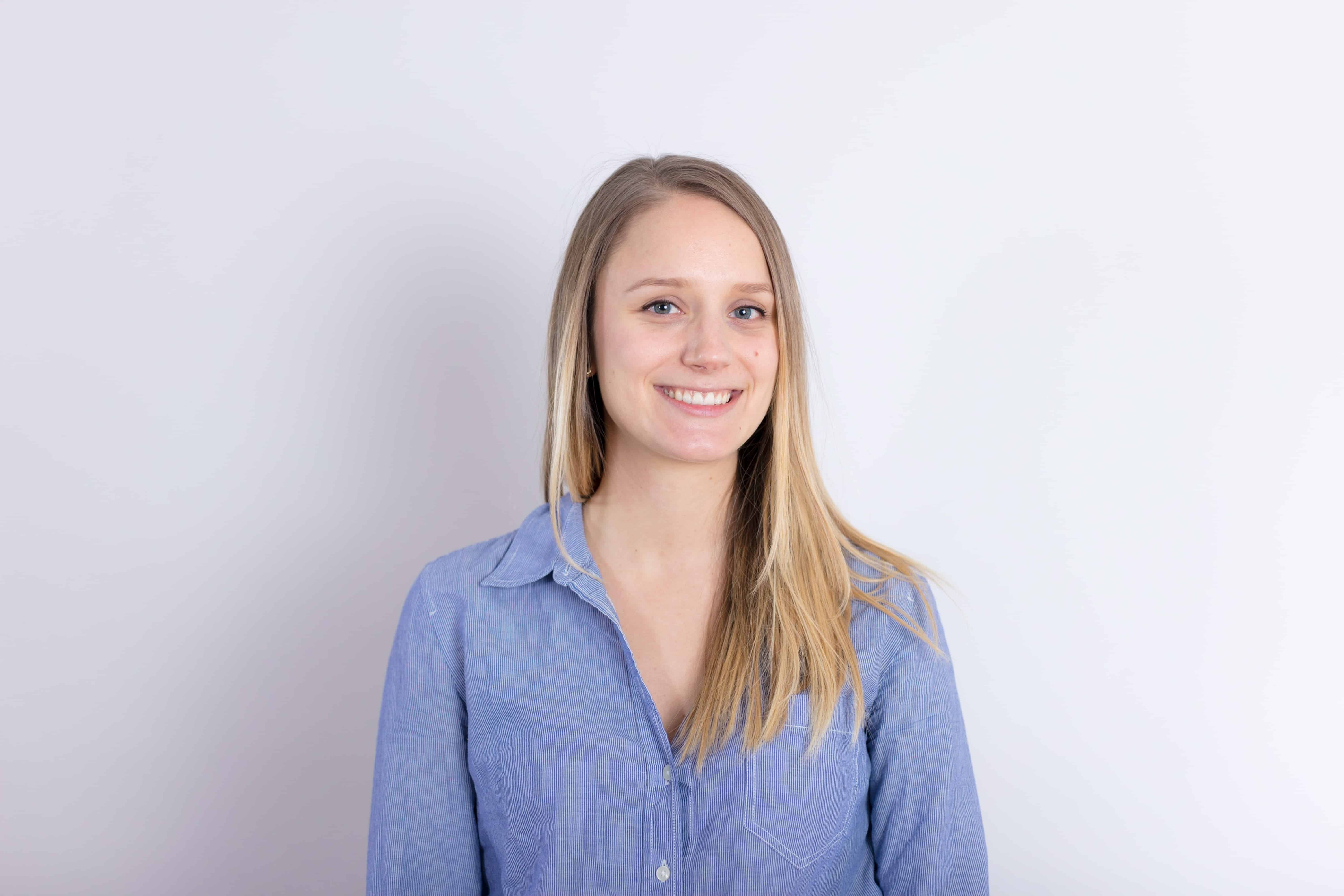It was an interesting summer for journalism.
Declining trust in the media continued to be a hot topic. I’ve written about the issue at length before, and I won’t belabour it again here. But it was front of mind for me earlier this summer when The New York Times hastily announced it was eliminating its public editor position one year into incumbent Liz Spayd’s two-year contract.
The move was most likely a cost-cutting measure. The Times’ publisher, Arthur Sulzberger Jr., nonetheless argued that the newspaper no longer needed a public editor because its social media followers and online readers now acted as effective substitutes in demanding transparency and accountability in the Times’ reporting.
I think Sulzberger is wrong. And I’m heartened to think that — from its decision to keep on a public editor this year — The Varsity’s Board of Directors agrees.
The Varsity’s readers are impressive watchdogs on social media. They let us know when they think we’ve screwed up.
But for every thoughtful and challenging comment left on our Facebook, Twitter, or website, there will no doubt be another misogynistic, racist, or generally incoherent one.
On their own, online commenting platforms aren’t great accountability mechanisms. They’re more useful when paired with a public editor or ombudsman, if for no other reason than to have somebody to filter out the real concerns from the anonymous trolling. Still, by design, these platforms privilege provocative opinions over measured responses and “hot takes” over careful analysis. No wonder the most challenging complaints I receive mostly come to me via email — a medium more encouraging of carefully crafted, sometimes lengthy critiques.
No matter their design, social media and other online forums are not real substitutes for the authority afforded to the public editor by virtue of their privileged position operating alongside — but not reporting to — the newspaper’s editors.
Responding to the Times’ decision, CBC Ombudsman Esther Enkin summed up why we should be skeptical: “The social media space is characterized by heat and little light, angry assertions and not as many facts. It is the very fact that the [public editor] office is embedded within the news organization that gives it its power… We are the ones that know where to look, what to ask, to pull back the curtain and give members of the public an understanding of the way a news organization works.”
Sulzberger is right about one thing: readers are fundamental to holding newspapers accountable. We at The Varsity all bring to our jobs our own sets of blinders, and we depend on readers to expand our perspectives.
As we start the new academic year, I’ve been setting out my priorities as public editor.
I’ll be watching in particular for The Varsity’s commitment to diversity in its newsroom and reporting. I hope readers will be watching with me.
This past summer’s ‘cultural appropriation prize’ debacle, which saw some of Canada’s most prominent journalists advocate for cultural appropriation, was another reminder of something of which we shouldn’t need reminding — the painful lack of diversity in Canadian media.
The Varsity’s Editorial Board criticized the prize in a piece emphasizing the media’s power in “choosing what stories are told.” Lived experience, the piece argued, matters for authentic reporting. Stories that need telling go untold — or are poorly told — when only the priorities of a narrow segment of the population are written about in a newspaper’s columns.
Does The Varsity live up to the principles that it champions?
Media outlets are often least diverse at the top of the decision-making chain. The Varsity bucks this trend. As Editor-in-Chief Jacob Lorinc pointed out to me, more than half of his masthead members are non-white, split nearly 50-50 between genders.
But diversity should permeate throughout the newspaper. This year, I hope to see a range of voices and experiences represented, not just within the leadership but also among our contributors in all sections of the paper — from News to Sports, Comment to Design.
I’ll also be looking at how the paper selects its sources. Newspaper stories are shaped by the people that help tell them. When The Varsity’s journalists write stories about labour strikes on campus, U of T’s divestment policy, or the surprising popularity of a new TV show, they do so with the help of expert sources on the topic.
Research tells us the experts we reach out to are most often men. Common sense tells us that women, people of colour, Indigenous people, and other minorities also know things. This year, I’ll be looking to hear from the latter voices as often as the former.
I get that this can be hard. Unequal power structures in society mean white men sit at the top of most professions and act as our thought leaders. But there is a wealth of expertise, too often unrecognized, outside of this group. The choices a newspaper makes about whose voices to include speaks volumes about whose perspectives it thinks matter.
All of this is to say, while I’ve set my agenda for this year, I’m assigning tasks to readers. I want to know: are we tapping into the different views that exist on campus? Are we asking the people who really know? Whom are we missing?
Send me your thoughts. You can find me at [email protected].


